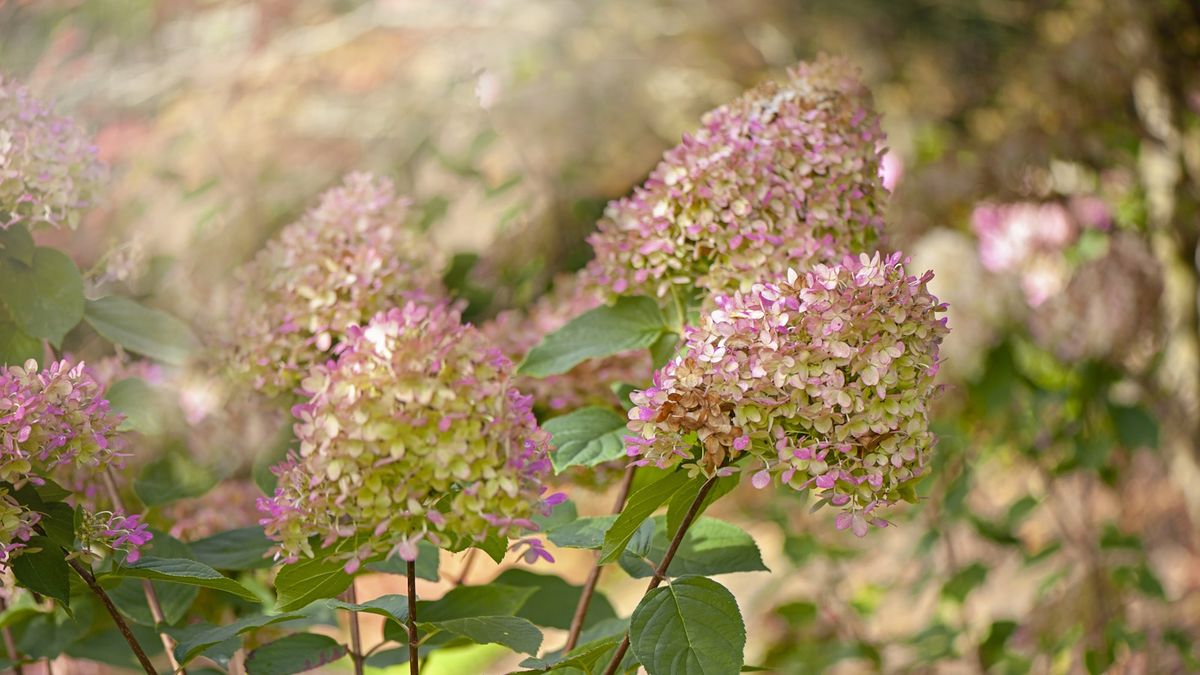Janet Loughrey | Source | Owner at Janet Loughrey Photography

Janet Loughrey
Janet Loughrey has been a full-time garden photographer and writer for 25 years. Her work has been widely published in the U.S., Canada and Europe in publications including Garden Design, Better Homes and Gardens, Sunset, Horticulture, HGTV, Ortho Books, Rodale Press, Woman’s Day and Athlon Special Interest Publications. In her own personal garden, Janet tends an eclectic mix of roses, shrubs, perennials and bulbs on a standard city lot. Her most recent passion is growing annual flowers in containers and from seed. She also enjoys growing, harvesting and eating fresh heirloom tomatoes, peppers, greens and other vegetable crops.
-
What to do with hydrangeas in the fall – professionals share crucial care tips, plus 2 things never to do
Hydrangea experts reveal the dos and don’ts for these backyard favorites in fall
Article
-
Expert Tips for Beginner-Friendly Flower Growing
Janet suggests lilacs, allium, salvia, and zinnia as "beginner-friendly purple cut flowers." For colorful, non-invasive options, try spirea, daffodils, and hydrangea. Fast-growing choices include zinnia, sunflower, and cosmos. To find native fast-growing flowers, Janet advises checking "local nurseries or extension services." -
Butterfly Gardens: Top Shrubs to Attract and Support Pollinators
Janet recommends buttonbush and bluebeard for their butterfly-attracting prowess. She notes, "Buttonbush offers globe-shaped flowers and supports various wildlife," while "bluebeard provides late-season blooms and vivid blue flowers." Both shrubs are low-maintenance and enhance garden biodiversity. -
Conserve Water in Your Garden with Expert Tips
Janet advises watering early or late to reduce evaporation, using drip irrigation, and watering deeply. "Mulching with organic materials retains moisture," she notes. Incorporating drought-tolerant plants like lavender and salvia can significantly cut water use. These strategies help gardeners adapt to rising water costs and drier summers.
-
In colder climates, a fall mulch will help protect the root zone from hard freezes and freeze-thaw cycles. Apply a 2 to 3 inch layer of bark chips, such as this pine mulch from Amazon, or other mulch around the base of hydrangea plants. Avoid placing bark against the trunk, which can make plants more susceptible to pests and diseases.

